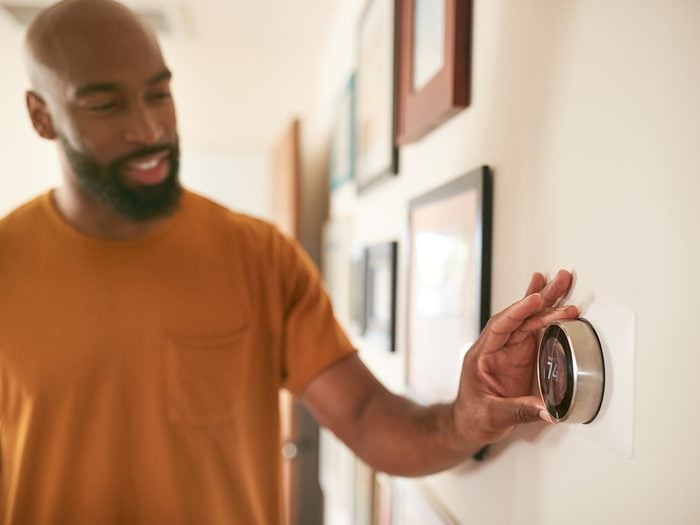
Why Temperature Settings Are Important
Where we set the temperatures of just about everything in our house—whether it’s the bedroom or the garage, the refrigerator or the whole-home thermostat—determines how comfortably we live and how much money we pay in utilities.
According to Natural Resources Canada, home heating alone accounts for 61 per cent of our annual utility bill, on average. So those little temperature variations matter—a lot. Take a look at the best temperatures to set everything in your home, in Celsius.
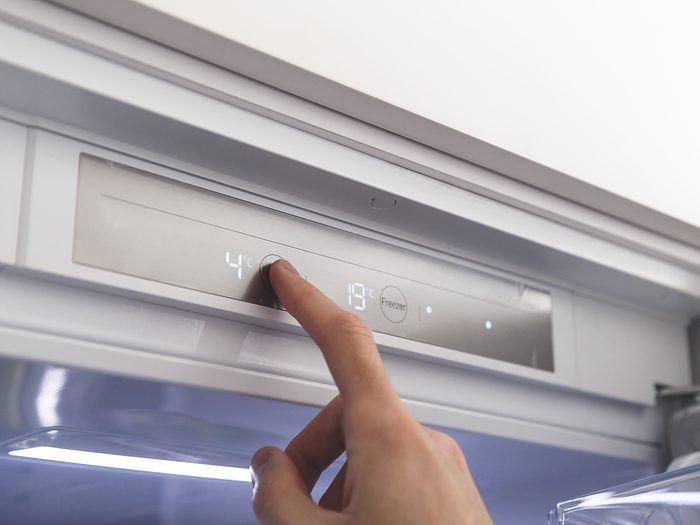
Best Temperature to Set Your Refrigerator
To keep refrigerated food safe, the Public Health Agency of Canada recommends an interior fridge temperature of no higher than 4° Celsius.
If you have a newer fridge with an adjustable digital temperature control, choose the temperature that’s best for the amount of food you typically have on hand. A full refrigerator will run a few degrees warmer as it works to cool its contents.
Older and non-“smart” fridges have temperature dials that can be set from one to five, or sometimes one to seven. The middle-to-high end of the dial should be the equivalent of 1 to 4°C, but you may want to invest in an old-school fridge/freezer thermometer to better ensure accuracy.
Ideal Refrigerator Temp: Below 4°C.
Here are seven ways you’re shortening the life of your refrigerator.
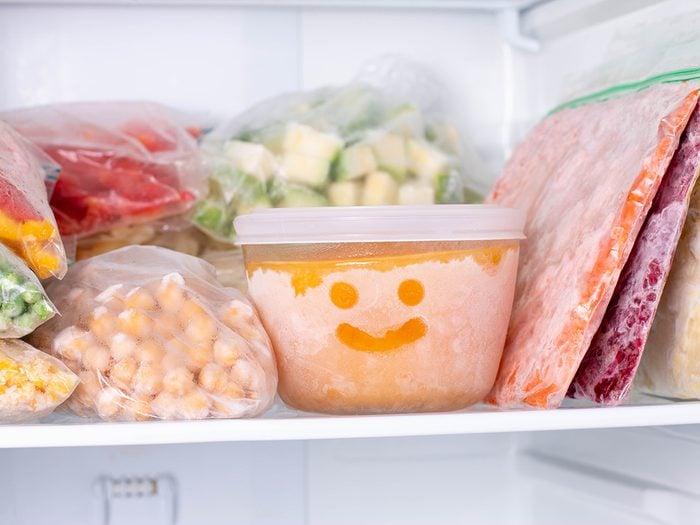
Best Temperature to Set Your Freezer
This is an easy one—0° (Fahrenheit, that is!) is the magic number! Frozen food kept at the equivalent in Celsius, -18°C, will stay good indefinitely, though long-term freezing may alter taste and consistency, particularly of prepared foods. If there’s a dial on your freezer separate from the fridge dial, set it on a mid-to-high number.
Ideal Freezer Temp: -18°C.
Learn more about the optimal freezer temperature to ensure your food stays fresh.
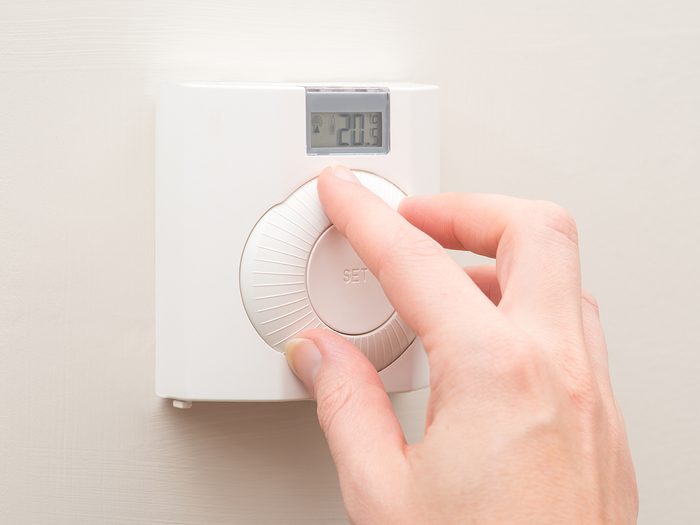
Best Temperature to Set Your House in Winter
Energyrates.ca recommends 20°C (68°F) as the optimal temperature for your home in winter for both comfort and energy savings. If you can go a few degrees lower than that in the evening, you’ll save even more money. Sleep experts say you’ll have a better night’s sleep, too.
Ideal Home Temp In Winter: 20°C.
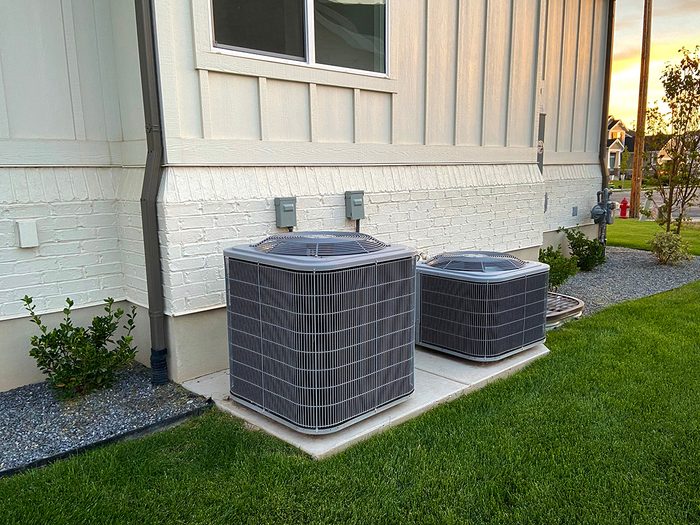
Best Temperature to Set Your House in Summer
For air-conditioned homes, the optimal temperature for energy savings and personal comfort is 25°C. Keeping the house higher than 26°, says Jason Gassman of Bell Brothers Heating and A/C, Inc., will make it humid and force your A/C system to work harder. Settings lower than 22°C can overwork your air conditioning system and cause it to freeze up.
Ideal Home Temp In Summer: 25°C.
Don’t miss these practical ways to cope with summer heat.
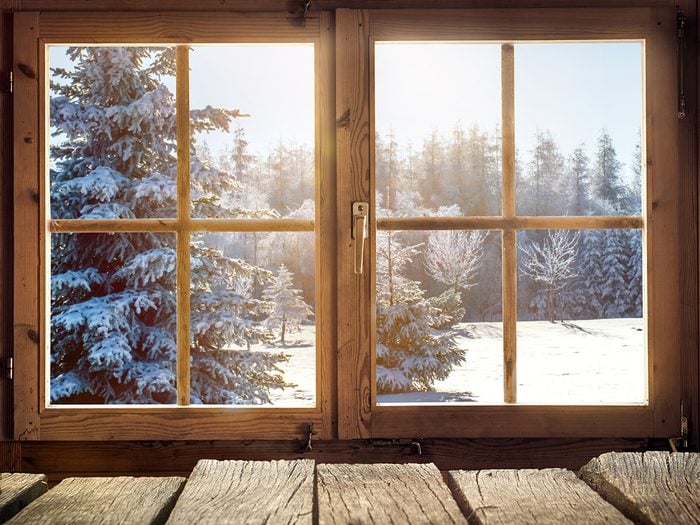
Best Winter Temperature for Your Cabin
If you plan to visit here and there without closing it up for the season, you can turn temperature down to the 10°C to 4°C range.
If you’d rather not leave the heat on, take care to winterize your cabin. Drain the water out of the toilet tanks and disconnect the water supply from the toilets. Open all sink and shower/tub taps to just a drip—the slight but constant flow of water will help keep pipes from freezing. And remove any canned or bottled goods that could freeze in extremely cold temperatures.
Ideal Cabin Temp In Winter: No lower than 4°C to 10°C.
Here’s advice on how to thaw frozen pipes before they burst.

Best Temperature to Set Your Bedrooms
You might be surprised (we were!) that the National Sleep Foundation recommends the same bedroom temperature in winter and summer—a cool 18°C. Our body temperature decreases at night, so a lower room temperature is actually better for sleeping.
In the winter, figure on extra blankets and heavier PJs if you turn down the dial. In the summertime, you’ll save money by sleeping with the thermostat as high as 25°C—and with a lot fewer clothes on!
And keep in mind that some smart thermostats allow you to adjust the temperature of specific rooms, such as the bedroom, without cooling off the rest of the house.
Ideal Bedroom Temp: 18°C.
Here’s the scientific reason why you always sleep under blankets—even when it’s hot.
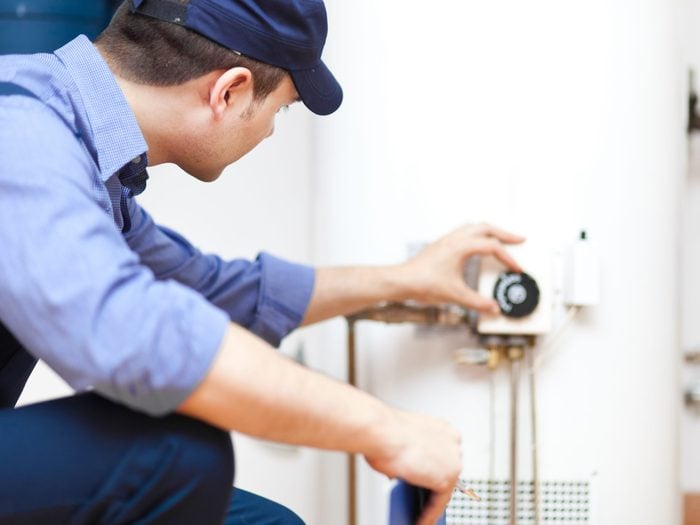
Best Temperature to Set Your Water Heater
According to Health Canada, the highest safe temperature for a water heater is 49°C. Anything higher can result in scalding and even third-degree burns.
Optimal safe shower and bath temperature is between 37°C to 40°C, so you could conceivably set your water heater lower to save money. Your dishwasher and washing machine heat their own water so they’re not dependent on the water heater setting.
Ideal Water Heater Temp: 40°C to 49°C.
Find out the average life span of all the appliances in your home.
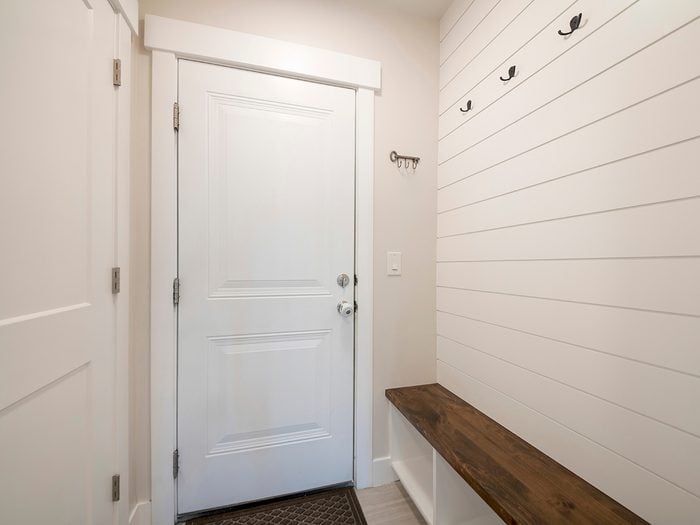
Best Temperature to Set Your Storage Room
Non-living spaces of your home, such as that storage room, walk-in closet or mudroom, can be kept cool in the winter, as low as 15º to 18°C.
And in the summer, make sure closets and storage rooms stay cool enough to preserve sensitive contents such as photos, keepsake clothing and important documents. Those can be damaged by mildew and condensation in warm, closed-off environments. Like the rest of your home in the summer, these spaces should be kept no warmer than 26°C.
Ideal Storage Room Temp: 15°C to 18°C in winter; less than 26°C in summer.
Make sure you never store this in your garage.

Best Indoor Temperature for Your Pet
Your dog or cat is probably used to your favoured in-home temperature. But if you turn the thermostat up in the summertime when you leave the house, just remember that animals with heavy fur coats can heat up quickly—26°C is the maximum safe temperature for pets when you’re not home.
In winter, most furry pets can tolerate temps as low as 15°C. But remember that small dogs, short-haired or hairless breeds, older pets and those with health problems need to stay warm and cozy. So if you lower the thermostat during the day, make sure to provide a warm place for them to sleep.
Ideal Temp for Pets: Within a few degrees of “normal” temp, depending on the animal.
Eliminate potential hazards in every room with our healthy home checklist.
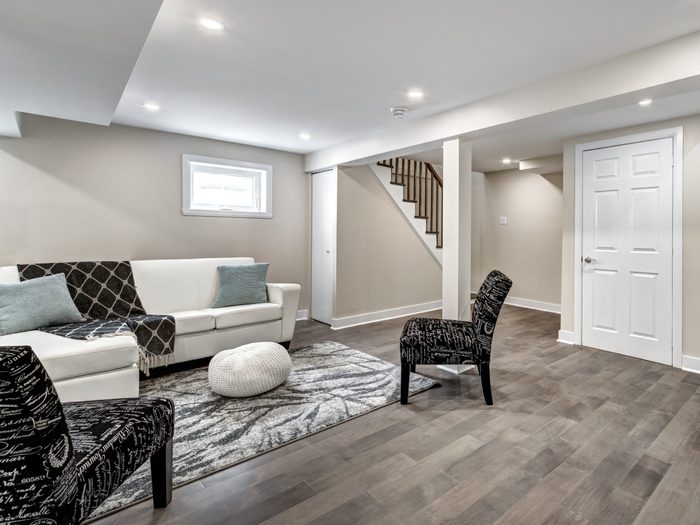
Best Temperature to Set Your Basement
If you have an insulated finished basement that your family uses in the winter, the underground or partially underground location will probably keep temperatures around 15°C—comfortable for daytime use. An unfinished basement will get colder, and that cold air will make your home heating system work harder. Try using rugs and even roughed-in insulation to warm the space to at least 12°C.
In the summer your basement will probably stay cooler than the rest of the house, but keeping it at 26°C or lower will help suppress humidity and mildew.
Ideal Basement Temp: 12°C to 15°C in winter; less than 26°C in summer.
Find out 50 money saving tips that’ll slash your monthly expenses.
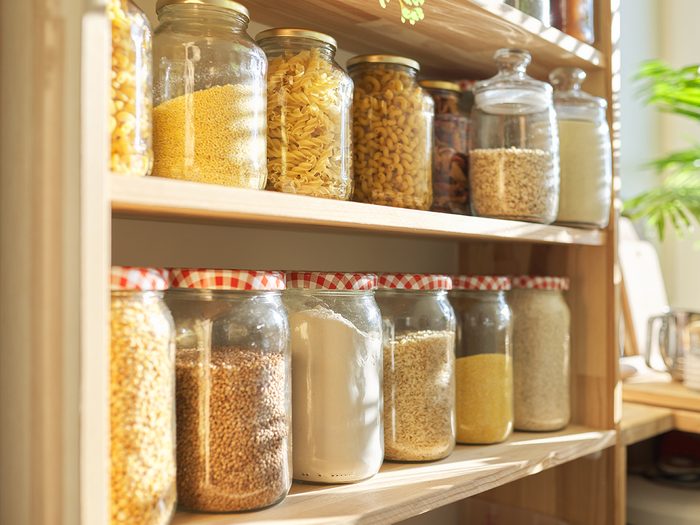
Best Temperature to Set Your Pantry
If your dream kitchen includes a walk-in pantry, you’ve likely stored a lot of dry food there. Keep it from going bad by maintaining a constant temperature of between 10°C to 21°C. Tile, stone or marble floors and walls can help keep temperatures down, and you can install small fans to pull air out of the pantry.
To help keep dry food cool in kitchen cabinets and non-walk-ins, store it away from the oven, range, dishwasher or fridge.
Ideal Pantry Temp: 10°C to 21°C.
Next, discover 11 ways to lower your hydro bill this season.